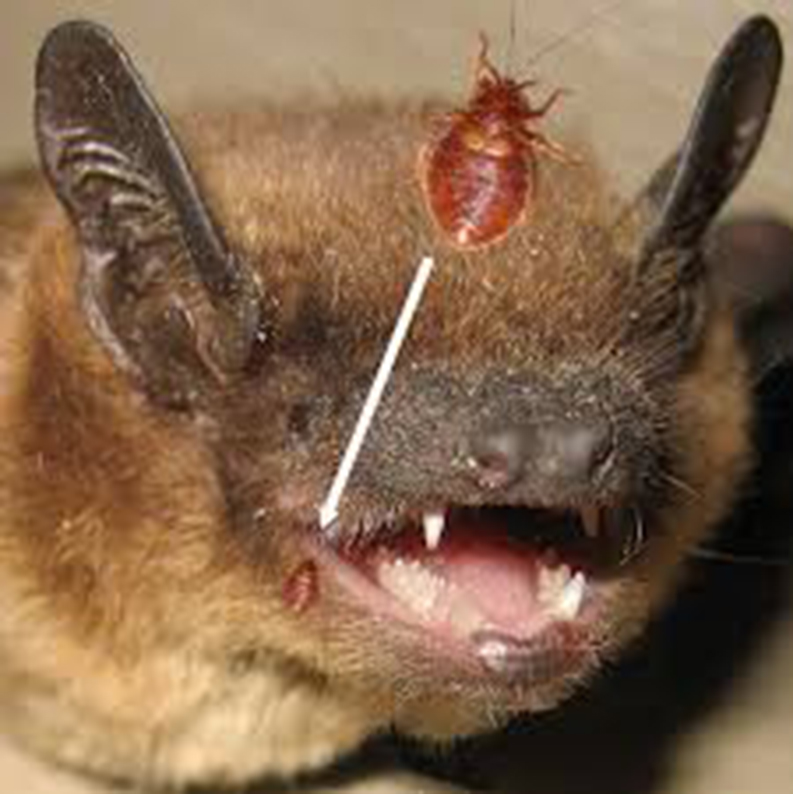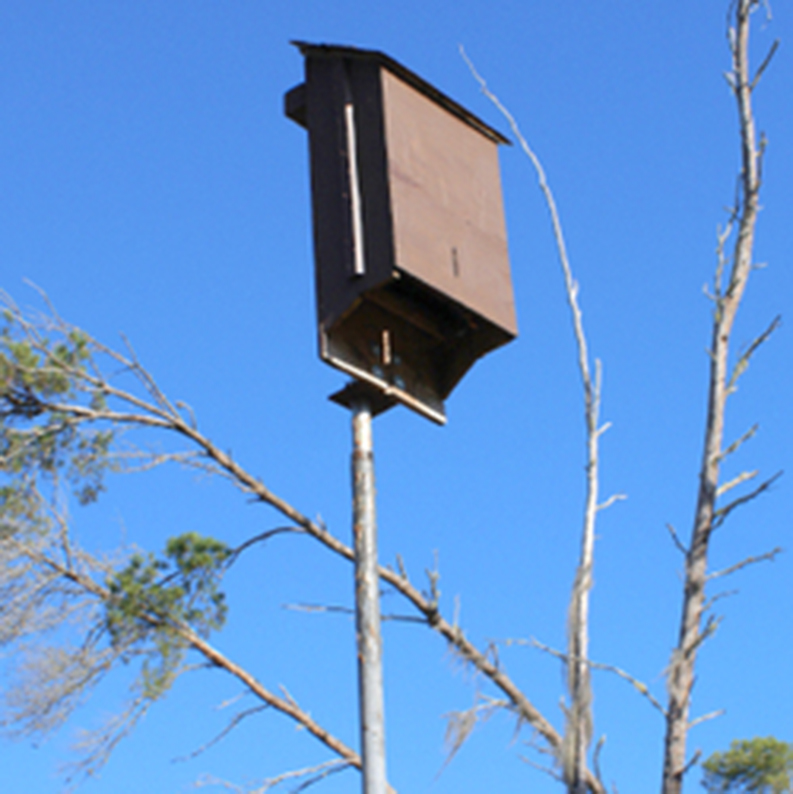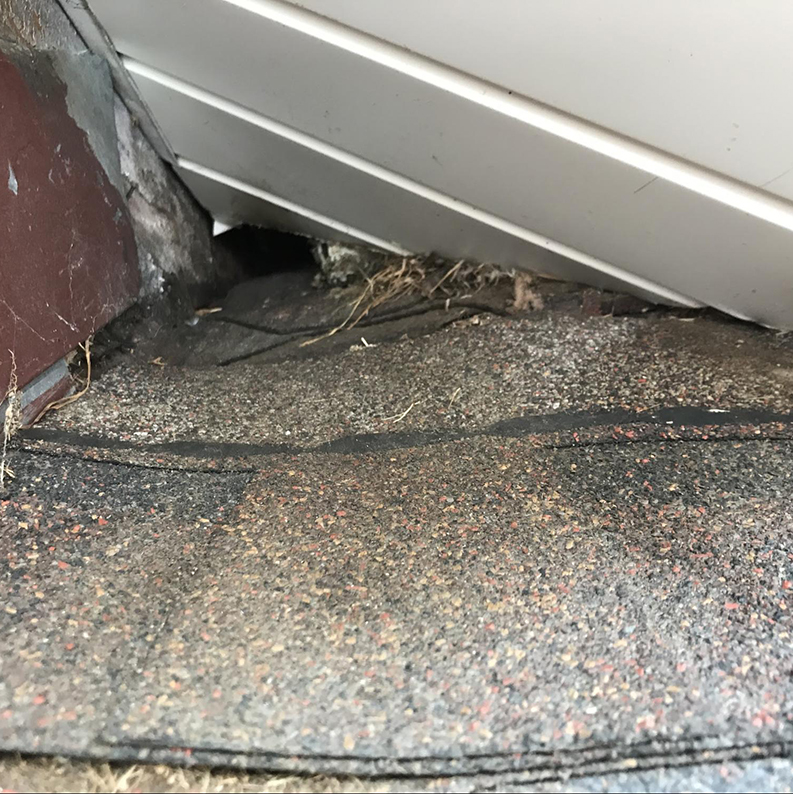BATS 101
Sharing What We’ve Learned About Bats
BATS IN MINNESOTA
Bats are fascinating creatures and deserve to be understood.
There are upsides to bats as well as downsides. The following will discuss some of these aspects.
Eight species of bats can be found in Minnesota. Four species (Little Brown Bat, Northern Long Ear, Big Brown Bat, and Eastern Pipistrelle) form colonies and can be found in groups. Hibernacula for these include caves, hollow trees, and buildings. These animals typically feed over open fields, along woodland edges, or over lakes and streams. The little brown bat and the big brown bat are most typically the bat species we find infesting structures in Minnesota.
The remaining four types (Silver-haired Bat, Red Bat, the Evening Bat, and Hoary Bat) are commonly called tree bats; their preferred habitat. They lead solitary lives, characteristically roosting in trees and feeding in or around forested areas.
Fast Facts: Little Brown Bats

Females gather with the same nursing colony every year.
Pups are born in June-July.
Birth one pup per year.
Mothers can fly with their young attacher to their nipple and nurse for 3 weeks.
Prefer roost sites with stable ambient temperatures and cluster together when roosting.
Life span may approach 30 years of age.
Typically hibernates from September – March(northern range).
Vast population decline due to white nose syndrome.
Weighs between 0.4 and 0.6 oz.
Pups born late may-June.
Birth two pups one time per year.
Pups can fly (volant) in 3-5 weeks.
Tend to live solitary or in small groups.
Take a break to let food digest as they feed at night. This night roost break behavior is the reason we see bat guano on porches, decks, sidewalks…
Can be active during winter. Known to change hibernacula at temps below 32 degrees!
Life span may approach 20 years of age.
Fast Facts: Big Brown Bats

Bats: Pros and Cons

No, they are not. While there are many dangers associated with this creature, bats are actually very beneficial. A few examples of the upside of bats are their benefit to agriculture and humans due to.
Some bats can consume up to 3000 insects every night(½ their body weight) greatly reducing insects that endanger forest and agricultural areas. As an example, a colony of 150 big brown bats feeding over an agricultural crop can eat 2400 stink bugs in one night. This reduction in pests means fewer pesticides need to be applied! Bats also reduce the mosquito population. Another greatly appreciated benefit here in Minnesota.

There are a variety of challenges to bats. In the upper midwest these include but are not limited to encroachment, wind turbines, and white nose syndrome. White-nose syndrome (WNS) is the fungal disease killing bats in North America. It is estimated that this disease has killed over 5.7 million bats. There is a 93% documentented decline in Little Brown Bats. Research indicates the fungus that causes WNS was introduced from Europe. What started in New York in 2006 has spread to more than half of the United States and five Canadian provinces by August 2016, leaving millions of dead bats in its path.These include the once numerous little brown bat (Myotis lucifugus) and federally listed Indiana bat (Myotis sodalis) and northern long-eared bat (Myotis septentrionalis).
Researchers call the disease “white-nose syndrome” (WNS) because of the visible white fungal growth on infected bats’ muzzles and wings. This cold-loving fungus infects bats during hibernation, when the bats reduce their metabolic rate and lower their body temperature to save energy over winter. Hibernating bats affected by WNS wake up to warm temperatures more frequently, which results in using up fat reserves and then starvation before spring arrives.
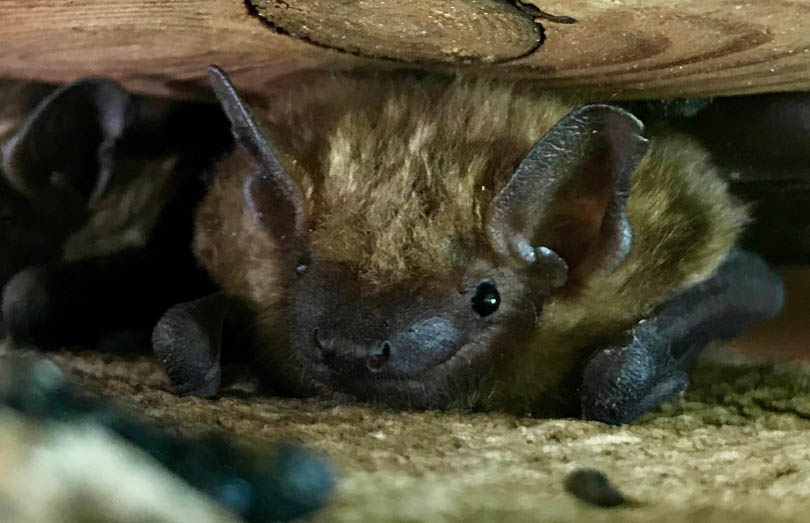
At Bat Free LLC we have heard many customers say that bats fly south for the winter. Is that true? It is not true of all bat species. In the upper midwest, Little brown bats and big brown bats tend to winter in human structures. Here they enter a state of mental and physical inactivity called torpor. In this state, they experience a metabolic shutdown that slows their heartbeat from 400 beats per minute to 25 beats per minute.
Bats may hibernate for as long as 83 days, slowly metabolizing the body fat they stored up in the fall. In the spring as the sun gets higher in the sky and daytime temperatures begin to rise, bats wake from torpor and become active. Our clients begin to hear them chirping, scratching, and hissing. Should the nighttime temp cool sufficiently, the bats go back into a deep sleep(torpor) until the temperatures rise again. The bats will begin their nightly process of leaving the structure to forage for food when the overnight temperatures stay above 50 degrees for 5 nights in a row.

A respiratory illness associated with bat guano is called Histoplasmosis. It begins in the lungs but has also been known to attack other organs such as the eyes. It is contracted by inhaling the spores from the organism H. capsulatem that can grow on bat guano. People become at risk when the H. capsulatem (histoplasmosis spores) are aerosolized and inhaled due to disturbing(ex-sweeping) bat guano. “So if there is bat guano in my attic, do I need to get it cleaned up?” Cdc link – https://www.cdc.gov/fungal/diseases/histoplasmosis/index.html
Attic Restoration is not a foregone conclusion. Some infestations are relatively light and or relatively new. Bat Free is happy to help determine if remediation is necessary by giving an attic restoration opinion. In the case it is deemed necessary to remediate former roost sites from the structure, Bat Free LLC will take the necessary steps to protect you the homeowner as well as protecting our highly skilled and valuable workers! Bat guano poses potential health risks to anyone who enters a roosting area and disturbs the material Bat Free LLC will, therefore, strive to put in place measures to protect the interests of both parties involved. This will include but is not limited to dust control measures, effective and ethical use of germicides and encapsulants, sound collection and disposal practices, as well as proper use of PPE(personal protective equipment). We will not cut corners for the sake of time or money and place people at risk. Another disease associated with bats is rabies.
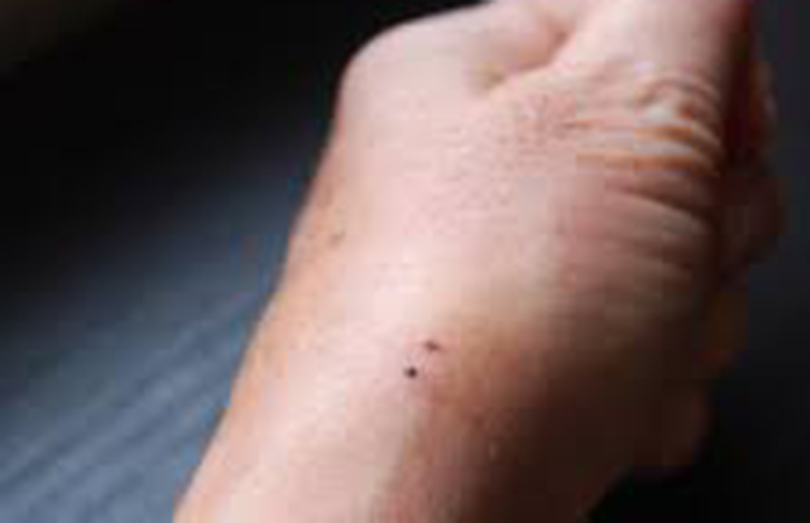
Recent data suggest that transmission of rabies virus can occur from minor, seemingly unimportant, or unrecognized bites from bats. Human and domestic animal contact with bats should be minimized, and bats should never be handled by untrained and unvaccinated persons or be kept as pets. Never touch a bat with bare hands!
In all instances of potential human exposures involving bats, the bat in question should be safely collected, if possible, and submitted for rabies diagnosis. Rabies postexposure prophylaxis (shots) is recommended for all persons with bite, scratch, or mucous membrane exposure to a bat, unless the bat is available for testing and is negative for evidence of rabies. Medical treatment must be considered when direct contact between a human and a bat has occurred.
Shots should be considered for persons who was in the same room as a bat and who might be unaware that a bite or direct contact had occurred (e.g., a sleeping person awakens to find a bat in the room or an adult witnesses a bat in the room with a previously unattended child, mentally disabled person, or intoxicated person) and rabies cannot be ruled out by testing the bat. For more information about bats, visit the Rabies: Bats site.
How to Safely Remove Bats from Your Home
If a bat were to get into my house, how would I safely remove it?
Wearing GLOVES, use a container to capture the bat as illustrated above. Do not touch the bat with your bare hands or try to hit it with an object such as a tennis racket.
Why should you never touch a bat with bare hands?
Bats groom themselves by licking their fur. Rabies is found in the saliva of the animal. If you touch a rabid bat who just groomed itself, the rabies can transfer into your system through micro cuts found in the skin on your hands.
Why should you never hit a bat with a tennis racket?
If a bat is hit with a tennis racket, the saliva found on the bats fur due to grooming can be aerosolized and contracted.
For more information on capturing a bat visit the DNR website or the CDC site below:
https://www.dnr.state.mn.us/livingwith_wildlife/bats/removal.html
At Bat Free LLC we inspect siding, windows, soffit, fascia, venting, chimneys, flashing, valleys, roof lines…and more. We know where and how to let the currently roosted bats get out, as well as where and how to seal to prevent their re-entry. Bat Free LLC strives to keep the overall visability of our work to a minimum. We do not use spray foam as a component in the bat proofing process.
Get in touch
805 Pineview Ln N
Plymouth, MN 55441
Phone: (612) 323-5313
Email: batfreemn @ yahoo.com
Web: BatFree.net



